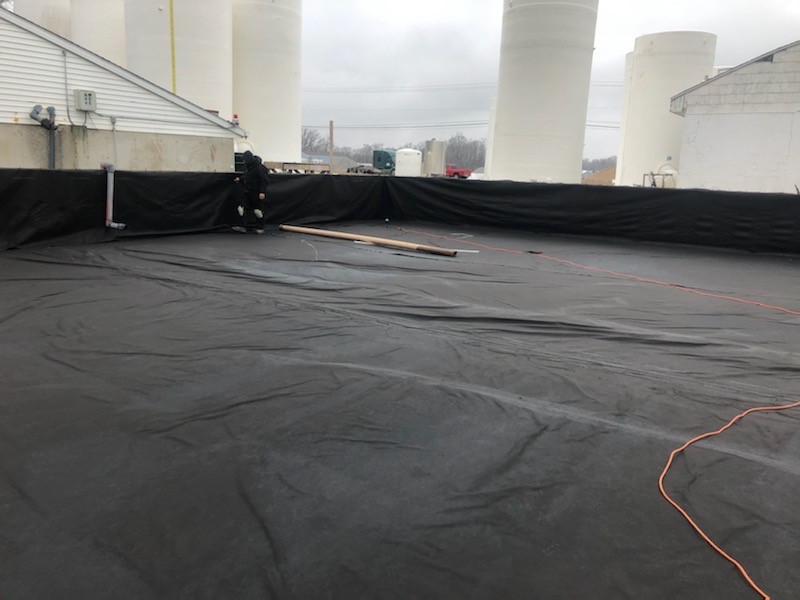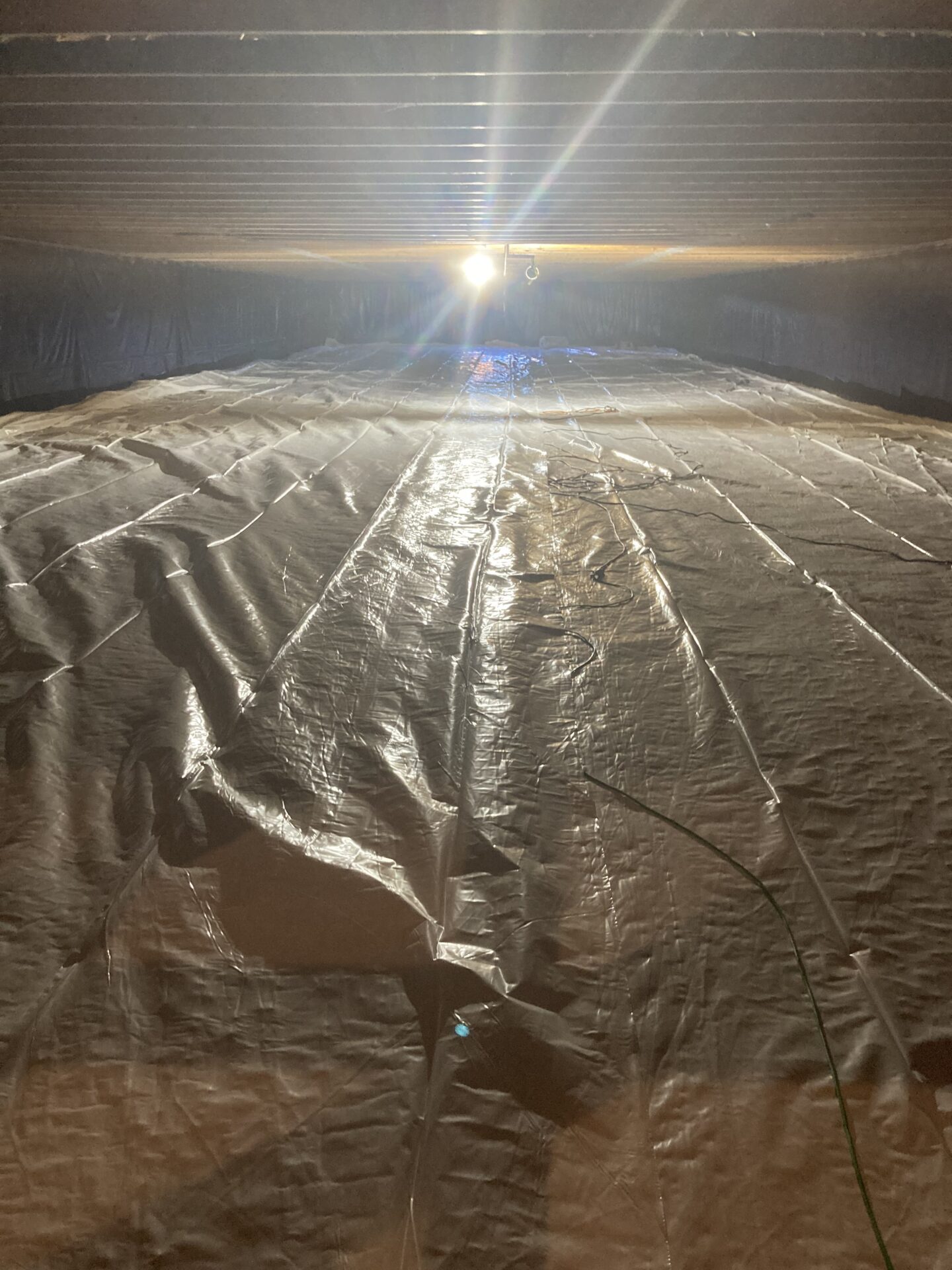Secondary Containment Liners Near Me
A secondary containment liner is a crucial element in ensuring environmental safety and spill containment in various industries. These liners act as protective barriers inside tanks and storage containers, preventing hazardous materials from leaking into the surrounding environment.
Discover how Agra Liners’ secondary containment solutions ensure environmental safety and spill containment across diverse industries. Delve into our comprehensive guide to explore the installation process, repair methods, and the critical importance of secondary containment liners.
To learn more about the secondary containment liner services available near you, please call Agra Liners today at (855) 480-AGRA. All things considered, you can also get in touch with any of our knowledgeable professionals by simply completing the online request form found on this page.


Why are Secondary Containment Liners Important for Spill Containment?
Role of Secondary Containment Liners in Spill Prevention: Secondary containment liners play a vital role in preventing spills by containing any leaks within your tank system. In particular, they act as a secondary barrier that complements the primary containment system. These secondary liners feature leak detection tools that can alert you to a leak in your system.
Regulatory Requirements for Spill Containment Liners: Many industries are mandated by law to have secondary containment systems in place to prevent environmental pollution. Agra Liners can help you stay compliant with these regulations to avoid penalties and ensure operational safety.
Choosing the Right Liner for Spill Containment: Selecting the appropriate liner material for spill containment depends on factors like the type of stored material, environmental conditions, and longevity requirements. PVC and polyethylene liners are commonly used for spill containment purposes.
What Are the Different Types of Liner Materials?
Advantages and Disadvantages of PVC Liners: PVC liners are known for their chemical resistance and flexibility, making them a popular choice for a wide range of containment applications. However, they may be prone to punctures and degradation over time.
Considerations for Hazardous Material Containment Liners: When handling hazardous materials, choosing liners that offer superior chemical resistance and durability is essential. Polyethylene liners are often used for hazardous waste containment due to their robust nature.
The Liner Repair Process
When it comes to repairing your secondary containment liner, there is no better resource to have by your side than the team at Agra Liners. Our team is well-versed when it comes to providing timely and professional repairs to help you solve your containment issues.
Identifying Common Issues Requiring Repair: Common problems that may require repair include tears, leaks, or damage due to external factors. Regular inspection and monitoring by Agra Liners help in identifying these issues at an early stage.
Steps for Repairing Secondary Containment Liners: Repairing liners involves our team cleaning the affected area, applying the appropriate patch or sealant, and conducting a thorough integrity check. Proper repair techniques ensure the continued effectiveness of the containment system.
Professional Services for Liner Repairs: In cases where repairs are complex or extensive, seeking help from Agra Liners is the right move to get your system back up as quickly as possible. Our experienced crew can assess the damage, recommend solutions, and execute repairs with precision.
If you would like to find out more about the secondary containment liner solutions available through Agra Liners, please give our team a call now at (855) 480-AGRA. Visitors may also elect to receive more information on our services electronically by simply filling out the easy-to-use form featured on this page.
What are Secondary Containment Liners?
Definition and Purpose of Secondary Containment Liners: Secondary containment liners are specialized materials designed to contain leaks and spills within a primary containment system. They provide an additional layer of protection in case the primary tank or structure fails, minimizing the risk of environmental contamination.
Types of Secondary Containment Liners: The secondary containment liners at Agra Liners come in various materials such as PVC and polyethylene. Each liner type offers specific advantages and is chosen based on the containment needs and the type of stored material.
Benefits of Using Secondary Containment Liners: The primary benefit of secondary containment liners is their ability to prevent leaks and spills from reaching the external environment. Our secondary containment liners help you comply with regulatory requirements and safeguards ecosystems from potential harm.
What is the Process for Installing Liners?
Preparation for Installation: Before installing a secondary containment liner, thorough preparation by our team is essential. This involves assessing your tank, ensuring it meets the required specifications, and clearing the area for installation.
Steps for Proper Installation: The installation process includes our technicians placing the liner inside the tank, securing it to the walls, and testing for leaks or gaps. Agra Liners ensures proper sealing and adherence to installation guidelines to provide a successful containment system.
Common Installation Mistakes to Avoid: Some common mistakes during installation include inadequate surface preparation, improper seam sealing, and using the wrong liner material. These errors can compromise the effectiveness of the containment system. By trusting a professional at Agra Liners, you can avoid these costly mistakes.

Send us a Message
We’re here to help. For general inquiries, send us a message below. For a FREE QUOTE call us today at (855)480-AGRA or request an estimate.


